|
|
In This Issue
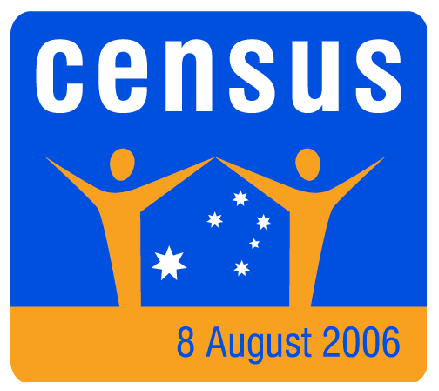 The Census Is Coming! The Census Is Coming!
The fifteenth National Census of Population and Housing will be held on 8 August 2006. To ensure no one misses out on the important count in Queensland, more than 5,000 Collectors will be delivering around 1.7 million census forms from Cape York all the way to the southern border. The five yearly census is the basis for all ABS population figures. It not only counts our population, but helps us define who we are as Australians.
It’s estimated that data from the census will be used for determining the distribution of about $40,000m worth of funds throughout Australia. With Queensland’s population now totalling more than four million, the census will be more important than ever in helping determine future needs.
Census information is used for a range of planning purposes by all levels of government, private institutions and the community. It helps determine where such things as schools, hospitals and aged care facilities are needed.
The number of seats each state and territory has in the House of Representatives is also based on census data, as well as the Federal funding arrangements to the states and territories.
Questions asked on the census form include usual residence, ancestry and employment. In 2006 there are 61 questions on the census form, including four additional topics. The | 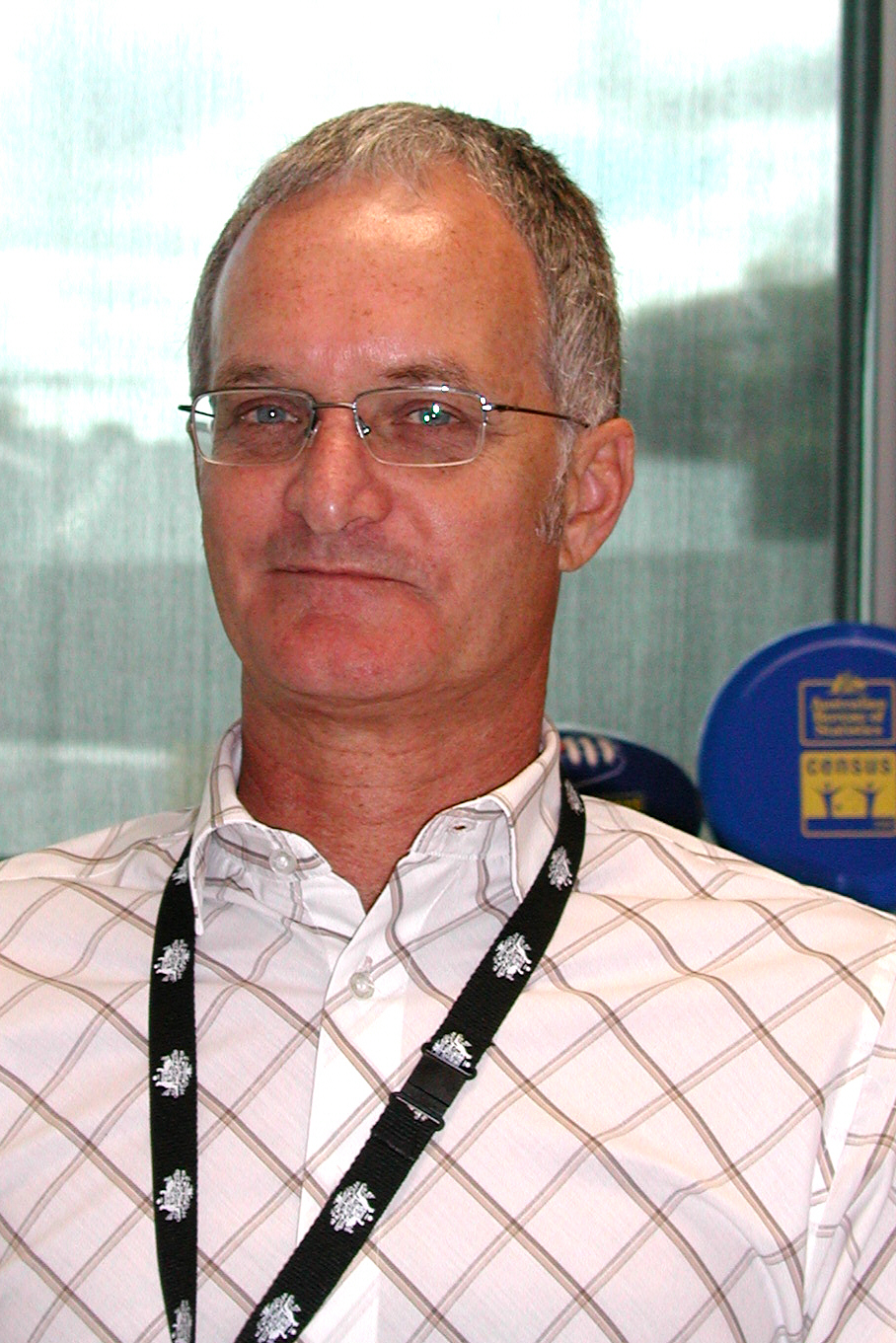 Tony Webb
Queensland Census director
Tony Webb
Queensland Census director |
new questions ask about whether a person needs assistance in core activities, the type of internet connection households have, whether voluntary or unpaid work is being carried out and the number of children born to females over 15 years of age.
For the first time this year, it will be possible to fill out a census form online. The eCensus contains the latest encryption technology to ensure absolute privacy of all details sent to the ABS. Further information on how the eCensus will work is available in the
eCensus section of the ABS website.
All information given on the census form remains private, and is not released to anyone outside the ABS. The only exception is if people choose to take part in the ‘time capsule’ project. This special project gives people the option of having their census forms stored for 99 years in the National Archives. Last census, more than 50% of the Australian population chose to opt into this project and their details are now preserved in the National Archives vault until 2100.
Census forms will be delivered in the days prior to 8 August - from 28 July until 7 August. Data collected from the 2006 census will be released in mid-2007.
In 2006, the ABS is once again working closely with the Queensland Government so that everyone is aware of the importance of the census.
The following specific strategies will be employed to ensure that homeless groups, Indigenous and ethnic communities, and secure dwellings are counted. |
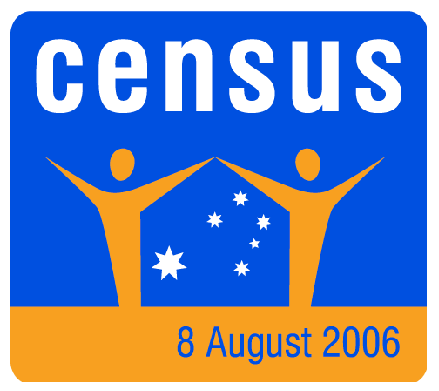 Homeless Enumeration Homeless Enumeration
The 2001 census found there were 24,569 homeless people living in Queensland and 16% of these were sleeping in places such as deserted buildings, under bridges, in parks and on the streets.
The Homeless Enumeration Manager, Greg McNamara, has been contacting homeless agencies to gain their support and also learn the locations of the homeless. District managers throughout Queensland have been supporting Greg by contacting homeless organisations in their local area.
Particular attention has been given to rural and regional areas where homeless persons can move around relatively unnoticed or are not counted due to poor networks, or geographical limitations.
To make things a little easier, census field staff have been advised of where homeless persons were identified in the 2001 census. However, all staff are aware that homelessness can occur anywhere throughout Queensland. The importance of homeless enumeration has been emphasised to census field staff through detailed training sessions.
For further information contact Greg McNamara on 07 3222 6155 or greg.mcnamara@abs.gov.au. |  Greg McNamara
Homeless enumeration manager |
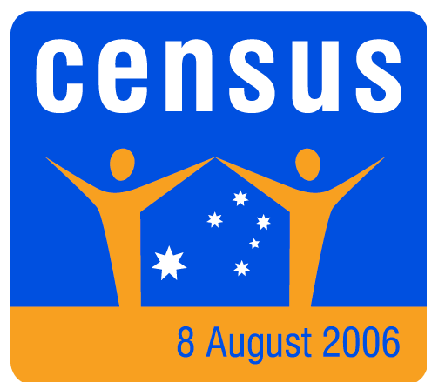 Indigenous Enumeration Indigenous Enumeration
Seven census field officers have been engaged to help enumerate Aboriginal and Torres Strait Islander Queenslanders, as well as support the State Indigenous Manager, Dena Dodd-Ugle.
These field officers are located throughout the state, including Thursday Island. They will work closely with Indigenous communities to ensure a quality Indigenous count. A collector interviewer will complete the census form for householders, by interviewing them face to face.
Promotional material specific to Indigenous enumeration has been produced to ensure everyone is aware that the census is coming. Additional census promotion will occur at various Indigenous celebrations including Croc-Fest, NAIDOC Week and Referendum Day.
For further information contact Dena Dodd-Ugle on 07 3222 6406 or dena.dodd-ugle@abs.gov.au. | 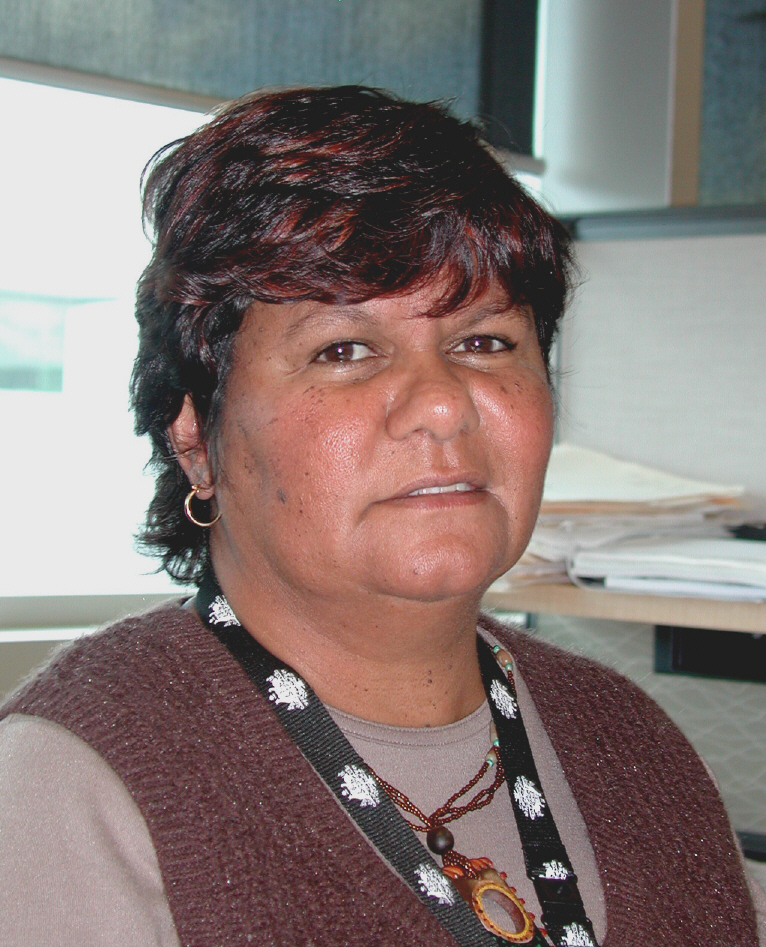 Dena Dodd-Ugle
Indigenous enumeration manager
Dena Dodd-Ugle
Indigenous enumeration manager |
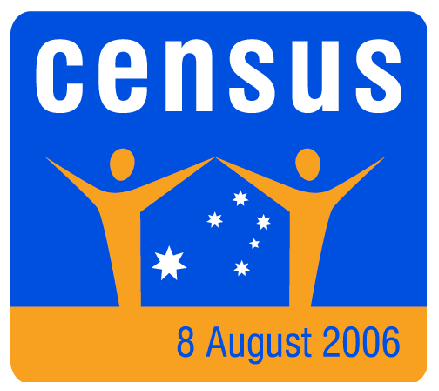 Ethnic Enumeration Ethnic Enumeration
In 2001 over 18% of Queensland’s population were born overseas. Since then a high number of overseas migrants have continued to arrive each year. In 2003-04, nearly 20,000 overseas migrants arrived in Queensland. Reaching these diverse groups is vitally important to ensure a high quality count of the broad cross-section of
Queensland’s population.
Queensland’s ethnic enumeration manager, Rod Kouvaras has been very busy building up contacts throughout the state and getting the word out to ethnic groups that it’s census time.
Rod and his team have been identifying all the ethnic groups throughout Queensland as well as ascertaining which groups are likely to have difficulty understanding or completing a census form.
District managers and area supervisors will have a large role in implementing ethnic enumeration strategies by recruiting ethnic collectors or collectors proficient in community languages to aid with census awareness and the completion of the census form.
For further information contact Rod Kouvaras on 07 3222 6221 or rod.kouvaras@abs.gov.au. |  Rod Kouvaras
Ethnic enumeration manager
Rod Kouvaras
Ethnic enumeration manager |
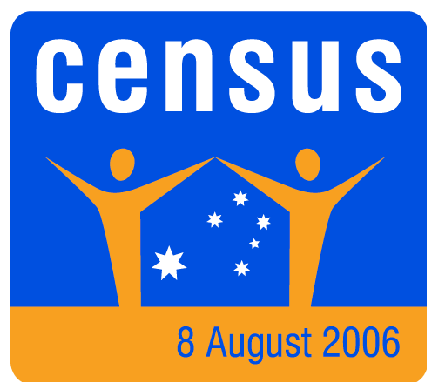 Non-private Dwellings and Secure Apartment Buildings Non-private Dwellings and Secure Apartment Buildings
One of the major challenges involved in the delivery and collection of census forms is gaining access to non-private dwellings, such as aged care facilities, and secure apartment buildings.
Coordinators have been appointed in Cairns, the Sunshine Coast, the Gold Coast and Brisbane City to approach people in these specific complexes.
Area supervisors and specially appointed coordinators will contact managers of the buildings and organise access for collectors at census time. In some cases, such as hotels, student accommodation, nursing homes and hospitals, a special collector living or working in the building will be employed to count the occupants of their building.
For further information contact Peter McMillan on 07 3222 6189 or peter.mcmillan@abs.gov.au. | 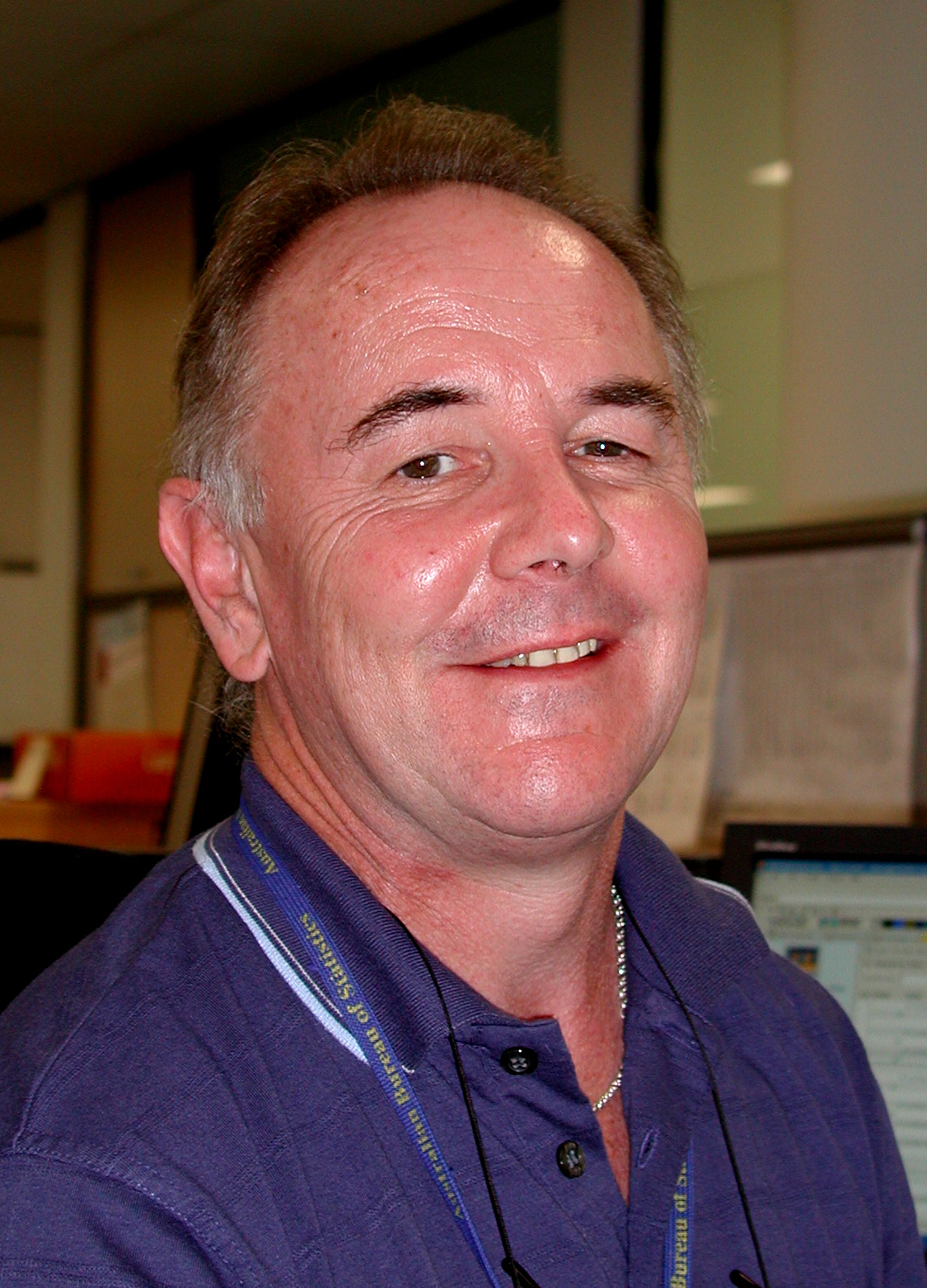 Peter McMillan
Non-private and secure dwellings
manager
Peter McMillan
Non-private and secure dwellings
manager |
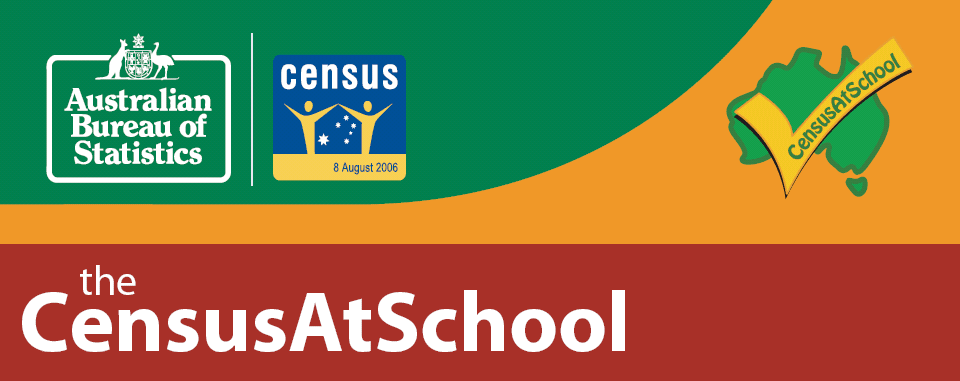 | CensusAtSchool
The ABS is showing statistics can be educational as well as fun, with the introduction of CensusAtSchool.
CensusAtSchool is an online learning project involving thousands of Australian school students from years five to twelve. This unique activity is designed to improve the statistical literacy of students in a fun and interesting way. |
Students from more than 2,100 schools across Australia, including 331 in Queensland, have registered for CensusAtSchool. Students at these schools will fill out an online questionnaire that asks non-intrusive questions such as height, what a student had for breakfast and favourite music.
The data usage stage of the program began on 11 July. During this phase students, under the guidance of their teachers, will tap into the statistical resource that has been built up during the questionnaire stage. This will allow students to make comparisons between themselves and other students in different parts of Australia.
As with the national census, which will occur on 8 August, no individual student will be identified in the CensusAtSchool program and very strict internet security is in place.
For further information please email us at schools@abs.gov.au or phone on Free Call 1800 623 273.

Focus on the National Statistical Service (from NSS newsletter)
The ABS has created a new NSS Leadership Branch with the specific responsibility of progressing the National Statistical Service (NSS). The Branch will be led by Steve Matheson, former Information Services Branch head and ABS Tasmania Office Regional Director.
The branch will report directly to newly appointed Deputy Australian Statistician, Jonathan Palmer. Jonathan Palmer has been promoted from his position as ABS Chief Information Officer to become Deputy Statistician, Services Group, taking overall responsibility for ABS technology services, corporate services and NSS Leadership.
The key goals of the branch will be to coordinate ABS efforts to enhance statistical activity across government. The branch will support other ABS areas in their collaboration with government agencies in the effective production and use of statistics. The branch will also take responsibility for leading major NSS projects such as the implementation of the National Data Network (NDN) and the development of a professional community of statisticians across all sectors of government.
For further information on the new NSS Leadership Branch, contact Mark Lound on 02 6252 6325 or inquiries@nss.gov.au.
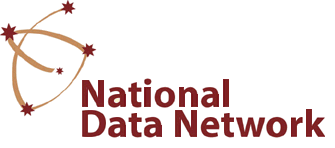
Demonstration Data Network Signs Up Office of Economic and Statistical Research (from NSS newsletter)
The National Data Network (NDN) Business Office welcomes the Queensland Office of Economic and Statistical Research (OESR) to the demonstration phase of the NDN. OESR joins the Australian Institute of Health and Welfare (AIHW) and the Australian Bureau of Statistics (ABS) in having nodes up and running. A number of other agencies are also about to install nodes (a metadata library of what data agencies have made available in the NDN) with a view to becoming active participants very soon.
Tools and upgrades scheduled for this year include: a single address-meshblock coder with a bulk coder planned for future release; enhancements to registration protocols; an expanded public search facility; enhanced software deployment and a seamless connection to other networks is planned.
An exciting development is the potential availability of CSIRO’s Privacy Preserving Analyticals (PPA) software via the NDN. The PPA is a suite of techniques which can be applied to data to preserve confidentiality.
For more information on the demonstration NDN contact the NDN Business Office on 02 6252 5875 or inquiries@nationaldatanetwork.org.
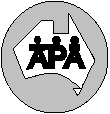 13th Biennial Australian Population Association Conference 13th Biennial Australian Population Association Conference
The 13th biennial conference of the Australian Population Association will be held in Adelaide from 5 to 8 December 2006.
With the theme ‘Population, Policy and Australia’s Destiny’, the conference is the showcase for demographers, population geographers, policy makers and planners to discuss contemporary issues relating to population studies.
Highlights and key speakers include:
The W D Borrie Lecture ‘The Baby Boom in New Zealand & Other Western Developed Countries’
Professor Ian Pool, Professor of Demography, University of Waikato.
Population and Policy in Australia’s Future
Professor Graeme Hugo, Federation Fellow and Professor of Geographical and Environmental Studies, University of Adelaide
Professor Peter McDonald, Professor of Demography and Head of the Demography and Sociology program, Australian National University
Professor Gavin Jones, Asia Research Institute, National University of Singapore
Population Change & Policy at the Local & Regional Levels
Ms Kate Atkinson, General Manager, City of Playford
Mr Peter Hall, Director Planning and Community Services, City of Victor Harbor
The Hon Greg Crafter, Population Policy consultant
Transnationalism: Australia & Region
Professor Barry Chiswick, Head and Research Professor, Department of Economics, University of Illinois at Chicago
Dr Marla Asis, Director of Research and Publication, Scalabrini Migration Centre, Philippines
Dr Hania Zlotnik, Director, United Nations Population Division.
Information on the conference, including registration and the call for papers can be found from the link at http://www.apa.org.au or in the attached brochure.
Earlybird registration closes 30 Oct 2006. For fuller details contact dianne.rudd@adelaide.edu.au or Fax to (08) 8303 3772.
Sponsors of this conference are the Australian Bureau of Statistics and the Department of Trade and Economic Development of South Australia (major sponsors) and the Department of Immigration and Multicultural Affairs (associate sponsor).
National Aboriginal and Torres Strait Islander Health Survey (NATSHIS) 2004–05
The first NATSIHS was conducted in 2004–05, collecting information from over 10,000 Indigenous Australians about a range of health issues, including health status, long-term health conditions, risk factors, health-related actions, and women's health. Summary results by remoteness, and at the national and state/territory levels, were released in April 2006 in National Aboriginal and Torres Strait Islander Health Survey 2004–05 (cat. no. 4715.0). Comparisons with selected results from the Indigenous supplements to the 1995 and 2001 National Health Surveys, and with data for non-Indigenous Australians from the 2004–05 National Health Survey (NHS), have also been included in the summary publication.
Key findings for Queensland include:
- 42% of Indigenous people aged 15 years and over considered their health to be excellent or very good in 2004–05
- Eye/sight problems were the most commonly reported long-term health conditions (30%), followed by asthma (15%) and back problems (13%).
- Over one-third (37%) of Indigenous persons reported having no long-term health conditions.
Summary information is also available in spreadsheet format for Australia and each state and territory (cat. nos 4715.0.55.005 to 4715.8.55.005). The National Aboriginal and Torres Strait Islander Health Survey: Users’ Guide, 2004-05 (cat. no. 4715.0.55.004) was released in May 2006. These publications are available free of charge from the ABS web site.
For further information contact Sharon Pech on (02) 6252 6301 or sharon.pech@abs.gov.au.
Confidence Intervals
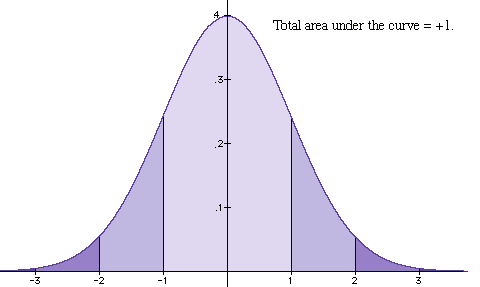 The most commonly used measure of sampling error is called the standard error. Sampling error results from using a sample of the population to estimate the whole population and the standard error measures how much the estimated value may differ from the true population value. Therefore, any estimate derived from a survey has a standard error associated with it (called the standard error of the estimate). Standard errors can be used to work out confidence intervals. The most commonly used measure of sampling error is called the standard error. Sampling error results from using a sample of the population to estimate the whole population and the standard error measures how much the estimated value may differ from the true population value. Therefore, any estimate derived from a survey has a standard error associated with it (called the standard error of the estimate). Standard errors can be used to work out confidence intervals.
Confidence intervals represent the range of values in which the true population value is likely to lie. Confidence intervals are useful because a range, rather than a single estimate, is more likely to encompass the real figure for the population value being estimated. They are calculated from the population estimate and its associated standard error. Calculation is best explained through the following example:
In the Labour Force survey, the ABS samples a small section of the whole population, and uses this to estimate the true population. For May 2006, ABS estimates from this sample survey were 523,800 persons unemployed with a standard error of 13,200 persons. Using these two figures, we can calculate the following confidence intervals.
The most commonly used confidence intervals are calculated for 68%, 95% and 99% levels of probability (where 99% involves plus and minus three times the standard error).
For a 68% confidence intervalA, we subtract 13,200 from and add 13,200 to the 523,800 estimate value to yield the lower and upper boundaries of the confidence interval, giving:
- lower confidence boundary = 523,800 - 13,200 = 510,600
- upper confidence boundary = 523,800 + 13,200 = 546,000
This means we are 68% confident that the true value for the whole population is between 510,600 and 546,000. (The normal curve has 68% of its area between the minus one and plus one standard deviation boundaries.)
For a 95% confidence intervals, we multiple the standard error by two, then add and subtract to get the confidence interval boundaries, giving:
- lower confidence boundary = 523,800 - (2 x 13,200) = 497,400
- upper confidence boundary = 523,800 + (2 x 13,200) = 550,200
This means that we are 95% confident that the true number of unemployed persons is between 497,400 and 550,200. (The area between the minus two and plus two standard deviations boundaries is 95% of the area under the normal curve.)
The smaller the standard error found when calculating the estimate, the narrower the confidence intervals, and closer the estimate can be expected to be to the true value. Confidence intervals are therefore a comment on the quality of estimates.
Some examples of confidence intervals in ABS publications may be found in the Standard Errors portion of the Explanatory Notes tab of Labour Force (cat. no. 6202.0)
A table of standard deviations is supplied for level estimates and monthly change for states, territories and Australia for various labour force statistics. From these the 68% and 95 % confidence intervals can be readily calculated (two standard deviations and four standard deviations wide, respectively). Limits for other values of confidence can be calculated, but this is not so straightforward.
It is worthy of note that confidence intervals relate only to the error that might occur due to sampling. Non-sampling error (caused by mistakes, reporting errors or non-response) is not included in the calculation of confidence intervals and it is generally accepted that there is some level of non-sampling error associated with any survey.
For further information contact John Preston on 07 3222 6229 or john.preston@abs.gov.au.
Selected Recent and Expected Releases (February to June 2006)
All ABS publications are free to download from the ABS web site. To inquire about release dates please contact the National Information and Referral Service on 1300 135 070 or email client.services@abs.gov.au.
| General Publications |  |
| 1211.0 NEW | Research Paper: Data Communication - Emerging International Trends and Practices of the Australian Bureau of Statistics 2006 |
| 1292.0 | Australian and New Zealand Standard Industrial Classification (ANZSIC) 2006 |
| 1301.0 | Year Book Australia 2006 |
| 1352.0.55.070 NEW | Research Paper: Estimation Methodologies Using Taxation Data for ABS Business Surveys (Methodology Advisory Committee), June 2005 |
| 1352.0.55.072 NEW | Research Paper: A Review of Confidentiality Protections for Statistical Tables (Methodology Advisory Committee), June 2005 |
| 1362.0 NEW | Information Paper: Regional Research in Australia - the Statistical Dimension: an Information Development Plan for Rural and Regional Statistics 2005 |
| 1399.0 NEW | Discussion paper: ABS Pricing Policy Review Outcomes - Public Consultation 2006 |
| 2903.0 | How Australia Takes a Census 2006 |
| 4651.0 | Land Management: Fitzroy and Livingstone Shires Queensland 2004-2005 |
| Social Publications |  |
| 3107.0.55.003 NEW | Information Paper: Improved Methods for Estimating Net Overseas Migration 2006 |
| 3218.0 | Regional Population Growth, Australia 2004-05 |
| 3303.0 | Causes of Death, Australia 2004 |
| 3309.0.55.001 | Suicides: Recent Trends, Australia 1994 to 2004 |
| 3311.0.55.001 FINAL | Demography, Australia 2004 Final |
| 3311.3.55.001 FINAL | Demography, Queensland 2004 Final |
| 4221.0 | Schools, Australia 2005 |
| 4362.0 NEW | National Health Survey: Summary of Results; State Tables 2004-05 |
| 4364.0 | National Health Survey: Summary of Results 2004-05 |
| 4513.0 | Criminal Courts, Australia 2004-05 |
| 4715.0 | National Aboriginal and Torres Strait Islander Health Survey 2004-05 |
| 4715.3.55.005 | National Aboriginal and Torres Strait Islander Health Survey: Queensland 2004-05 |
| 6239.0 NEW | Barriers and Incentives to Labour Force Participation, Australia Aug 2004 to Jun 2005 |
| 6287.0 | Labour Force Characteristics of Aboriginal and Torres Strait Islander Australians, Experimental Estimates from the Labour Force Survey 2002 to 2004 |
| Economics Publications |  |
| 5259.0 NEW | Australian National Accounts: Information and Communication Technology Satellite Account 2002-03 |
| 6540.0 NEW | Household Expenditure Survey and Survey of Income and Housing - Confidentialised Unit Record Files 2003-04 |
| 6554.0 NEW | Household Wealth and Wealth Distribution, Australia 2003-04 |
| 8163.0 NEW | Patterns of Innovation in Australian Businesses 2003 |
2004-05 NATIONAL HEALTH SURVEY DATA AVAILABLE
Results from the 2004-05 National Health Survey were released in February. Data on the health status of the population, health-related aspects of lifestyle and other health risk factors, the use of health services and other actions people had recently taken for their health are available on both a national and state/ACT level.
The triennial survey was developed in consultation with a wide range of agencies in the health field including the Department of Health and Aged Care, the Australian Institute of Health and Welfare, state and territory health authorities and subject matter experts. The information obtained will assist in formulating, targeting, and monitoring the effectiveness of health policies and programs, particularly in the areas of disease and illness prevention, health promotion and the provision of services.
Further details are in National Health Survey: Summary of Results, Australia 2004-5 (cat. no. 4364.0) and National Health Survey: Summary of Results, State tables, 2004-05 (cat. no. 4362.). Data are also available in Confidentialised Unit Record Files and on request. A Data Reference Package and Information papers are also available.
For further information contact Jane Griffin-Warwicke on Canberra (02) 6252 6535 or jane.griffin-warwicke@abs.gov.au. |
National Information and Referral Service
Telephone: 1300 135 070
TTY: 3222 6325
Consultants will assist with your statistical inquiries
Internet Site
www.abs.gov.au
email: client.services@abs.gov.au
E-kiosk
Electronic copies of ABS publications as far back as 1998 are available free from the ABS web site. Hard copy will be produced for those who require it (charges apply). Visit us on the 3rd floor at 639 Wickham Street Brisbane and browse. We are open 8.30 a.m. - 4.30 p.m.
Library
The Library is situated alongside our bookshop and provides a complete range of ABS current and historical publications.Queensland Government Employees
1 Go to GovNet
2 Click on the GovInfo button
3 Click on the Data Hub
4 Click on ABS Data
|
If you wish to subscribe to Statistical Update and receive it free of charge to your computer or change your subscription in any way, please contact Arthur Poulter 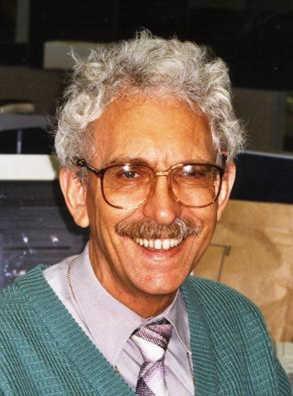 on 07 3222 6084 or arthur.poulter@abs.gov.au. on 07 3222 6084 or arthur.poulter@abs.gov.au.
|
 Print Page
Print Page
 Print All
Print All